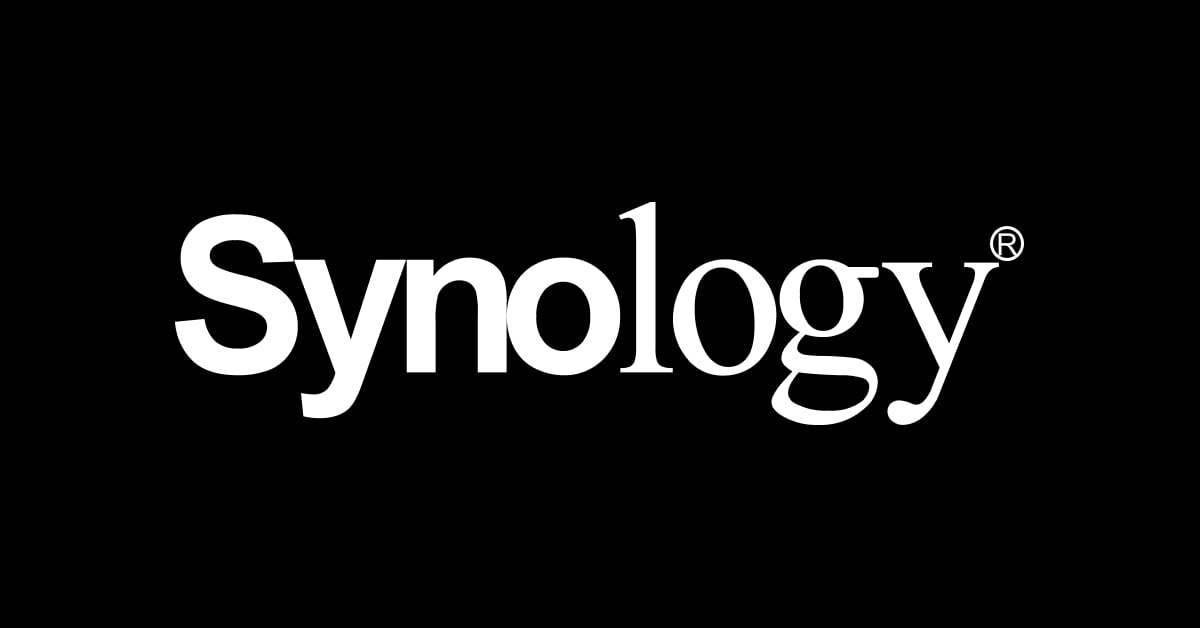- 1 Post
- 29 Comments

 2·2 months ago
2·2 months agoYeah, that looks amazing, and it’s really quick. That’s a huge improvement!

 2·2 months ago
2·2 months agoI do like the idea of adding the “this product replaces X, Y, or Z” in the info card without needing to click on it.

 25·2 months ago
25·2 months agoIt’s a tough balance, you don’t want a whole page for each one. Maybe if there was a clear list of tags so it’s easier to understand even what category they’re talking about?
For example:
Penpot
Design freedom meets open-source collaborationI really don’t know what this product category even is. Is it for web layout? Is it a drawing program? Is it for CAD?

 71·2 months ago
71·2 months agoLove the list, but scrolling through, the one liners don’t mean much for a lot of these.
The descriptions are just too short and vague to even understand what a lot of them actually do.

 4·3 months ago
4·3 months agoI’m using an old laptop with the lid closed. Uses 10w.
All in, including my router, switches, modem, laptop, and NAS, I’m using 50watts +/- 5.
It does everything I need, and I feel like that’s pretty efficient.
Well, if LTT is involved, then I probably want nothing to do with it.
 3·5 months ago
3·5 months ago
These options are on the latest version of Android.

 14·5 months ago
14·5 months agoFYI, in case anyone is running 7.2.1, just be aware that you have to MANUALLY update because you need to agree to new terms that removes local hardware processing of some media types.
https://www.synology.com/en-global/releaseNote/DSM
7.2.2-72806 Update 1 is the update with the new patches.
If you’re running Plex locally (i.e. - not in docker) you’ll need to manually install the updated 7.2.2 patch. You need to download it locally, then push it back up to your NAS bypassing the normal process. You can’t use the plex client to prompt the update, and you can’t use the synology package manager to update.
The package links on Reddit and some other sites are older versions that may not install
https://www.plex.tv/media-server-downloads/?cat=nas&plat=synology-dsm72&signUp=0September 27th, 2024 release is currently the latest non-beta version - v.1.41.1.9057-af5eaea7a
AMD/Intel
https://downloads.plex.tv/plex-media-server-new/1.41.1.9057-af5eaea7a/synology-dsm72/PlexMediaServer-1.41.1.9057-af5eaea7a-x86_64_DSM72.spk
If you’re running home assistant, you can put some inline power monitoring plugs in. I like the thirdreality ones, cause you can set them to “default on” or “default off” after power failure and run it as a zigbee local network without requiring internet access.
Oof, that’s a lot of juice.
I’m running a UPS, Syno720+, old gaming laptop as a portainer host, my wifi, router, cable modem, and switches, and that’s only using about 50w for everything. Pretty sure the Synology is using the bulk of that power, but I don’t have data to back that up.
I’d like to upgrade a few things, but I’m really trying to keep it below 75w. Ideally below 50w if I can. I think my old laptop is good for now, just want more flexibility in my NAS if I can do it without bumping up the power budget.
Any idea what your power consumption is for the 1618? I currently have a 720, but with only two drives it’s kind of limiting for HDD upgrades.
I’ve been running a pair of cyberpower systems for over a decade. I had to replace the battery in each of them once, but they’ve been working great.
I assume newer ones use some sort of Li-Ion battery tech, but mine are just plain old Lead Acid.
Whoa, really??? I guess I just assumed nothing changed in the last 5 years. I need to look into that.
Not the only use cases, but you’d need a different service if you need/want wildcard certs, certs that are manually installed and managed, or certs with a longer expiration.

 100·8 months ago
100·8 months agoThere are a lot of reasons, but all of the NATO countries that were supplying Ukraine put very tight restrictions on how that equipment could be used. For example, none of the aircraft or artillery were allowed to be fired into Russia for fear of a nuclear escalation.
They’ve been slowly relaxing that restriction and it gave Ukraine more freedom to run the campaign as they see fit
That’s awesome, look forward to trying it out.

 15·9 months ago
15·9 months agoI use portainer, but I don’t think I ever gave them my information. How would they even have my email?

 2·10 months ago
2·10 months agoHow do you set this up to forward properly? Do you use different domains for different services? like plex.example.com?
I currently have nginx set up to forward based on port, which is fine for me, but it could be a little better.

 41·11 months ago
41·11 months agoYeah, it’s worth it to just start fresh. Keep your user data, nuke the rest and setup from scratch w/automation if it’s extremely customized to your liking.
I personally try to use the default config as much as possible so there’s not as much to set up after installing from ISO.


I have a watt meter monitoring the power usage of my NAS. Out of all my checks, I assume that’s how I’m going to know I get hacked before anything else.